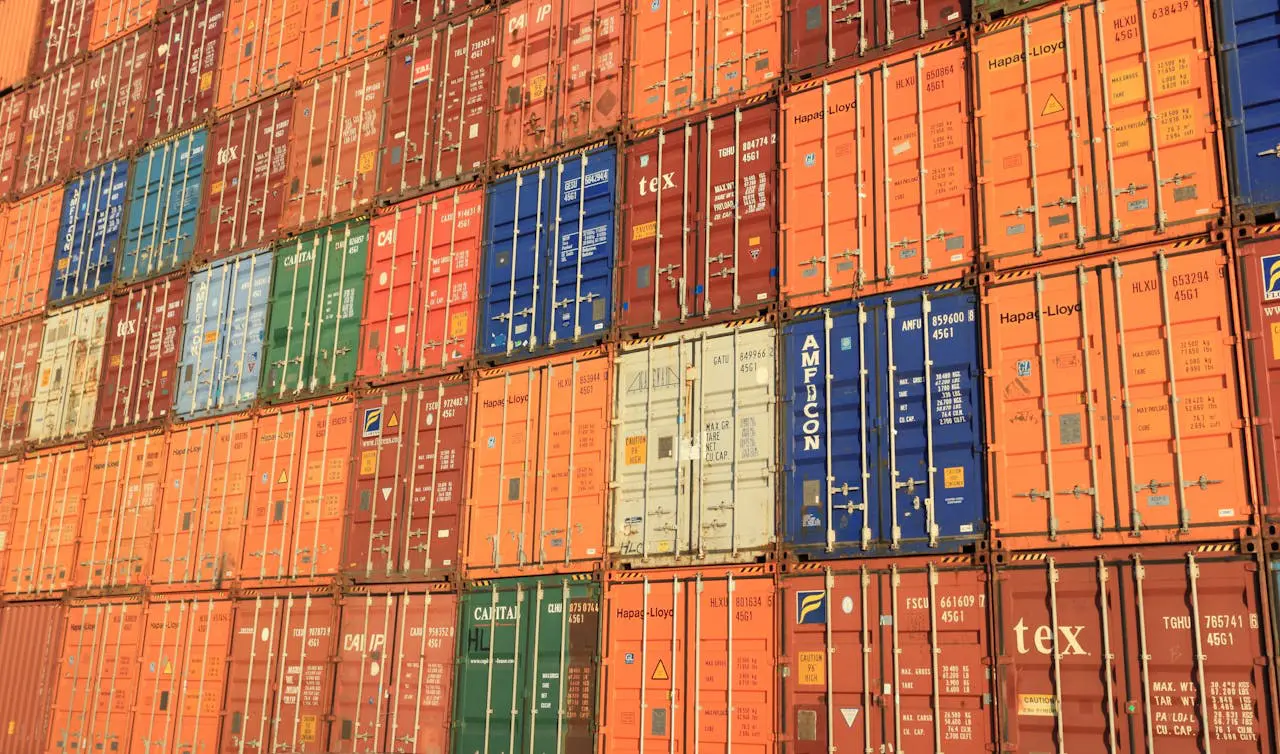Supply chain disruptions are an unavoidable reality in logistics. From extreme weather events to port congestion, supplier failures, or global crises, businesses must be prepared to handle unexpected disruptions. The key to minimising financial and operational damage lies in proactive risk management and strategic planning.
By learning from real-world logistics failures, businesses can put systems in place to reduce the impact of disruptions and maintain supply chain resilience.
1. Understanding the True Cost of Supply Chain Disruptions
Disruptions don’t just cause late deliveries—they impact the entire business. The financial and reputational risks of delays include:
- Increased freight costs due to emergency shipments or rerouting.
- Production stoppages due to material shortages.
- Customer dissatisfaction, lost sales, and brand damage.
- Penalties for missed contractual deadlines.
Example: In 2021, global supply chains were crippled by shipping container shortages and port congestion, leading to skyrocketing freight costs and product shortages worldwide. Companies that relied on a single supplier or carrier were hit hardest, while those with flexible logistics networks fared better.
2. Strengthening Supplier and Carrier Diversification
One of the biggest mistakes businesses make is relying too heavily on a single supplier, manufacturer, or carrier. When that supplier or carrier faces a disruption, the entire supply chain is affected.
To reduce risk:
- Maintain a diverse supplier and carrier network to avoid over-reliance on any one provider.
- Identify and qualify backup suppliers in different geographic regions.
- Work with multiple freight carriers to ensure flexibility in transport options.
Companies with redundant suppliers and diversified carrier networks can react more quickly to disruptions, reducing downtime and financial losses.
3. Implementing Real-Time Supply Chain Visibility
A lack of supply chain visibility can leave businesses blindsided by disruptions. Real-time tracking and data analytics allow companies to anticipate and respond to problems before they escalate.
Best practices for improving visibility:
- Use real-time GPS tracking for shipments.
- Leverage predictive analytics to forecast potential disruptions.
- Implement automated alerts for delays, bottlenecks, or deviations from planned routes.
Example: Retailers that used AI-powered supply chain monitoring tools during COVID-19 disruptions were able to reroute shipments and secure alternative inventory faster than competitors.
4. Building a Contingency Plan for Logistics Failures
A well-prepared business always has a backup plan. Companies that pre-plan for disruptions can recover faster and avoid unnecessary costs.
Steps for effective contingency planning:
- Develop alternative shipping routes and secure multiple carrier agreements.
- Maintain safety stock of critical inventory to prevent production shutdowns.
- Establish clear communication protocols with suppliers and logistics partners.
- Regularly test emergency response plans to identify weaknesses before a real crisis occurs.
Businesses that have pre-planned contingency strategies can quickly pivot and keep operations running when disruptions strike.
5. Enhancing Communication Across the Supply Chain
When a disruption occurs, delayed or unclear communication only worsens the situation. Transparent and timely updates allow businesses to mitigate issues more effectively.
Strategies for better supply chain communication:
- Foster strong relationships with key suppliers and carriers.
- Use collaborative platforms to share real-time updates across supply chain partners.
- Provide customers with transparent updates on delays and expected delivery timelines.
Example: During major port delays, companies that proactively communicated expected delivery changes to customers saw higher retention rates and improved customer satisfaction compared to those that left customers in the dark.
Conclusion
Supply chain disruptions are inevitable, but their impact doesn’t have to be devastating. Businesses that invest in proactive planning, real-time visibility, and diversified logistics strategies can significantly reduce costly delays.
By applying these lessons from real-world failures, companies can build a resilient and adaptable supply chain that weathers disruptions while maintaining customer trust and financial stability.





